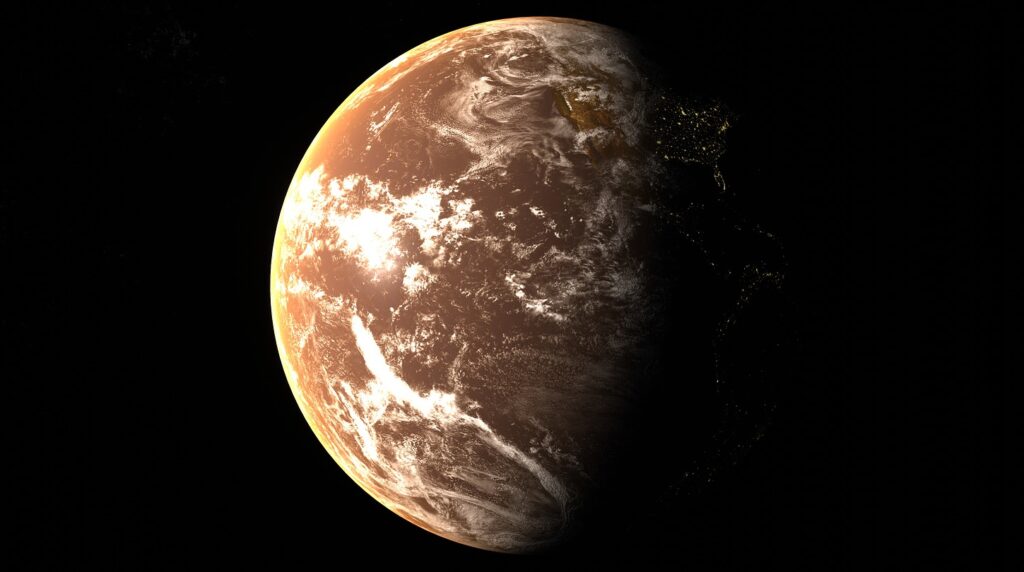A follow-up investigation by CIRES and NOAA scientists into the sudden increase in emissions of a banned ozone-destroying chemical between 2010 and 2018 has determined that a total of three regions of Asia were responsible for rising emissions, not just eastern China.
The research team’s analysis of air samples, including those taken during two major airborne research campaigns, not only confirmed increased emissions of CFC-11 from eastern China, but also found significant increasing emissions from temperate western Asia and tropical Asia.
Lead author Lei Hu, a CIRES scientist who studies CFCs and other trace gasses at NOAA’s Global Monitoring Laboratory, said her team analyzed a large set of high-quality, well-distributed air samples collected by the scientific community during that time period.
“Once we analyzed NOAA measurement data from samples collected all around the world and at different elevations in the atmosphere, we were able to account for most of the observed increase in emissions,” Hu said.
In 1987, NOAA scientists were part of an international team that proved that chlorofluorocarbons (CFCs) were damaging Earth’s protective ozone layer and creating the giant hole in the ozone layer that has formed over Antarctica every year. The Montreal Protocol, signed later that year, committed the global community to phasing out their production. Production of the second-most abundant CFC, CFC-11, would end completely by 2010.
In 2018, Hu’s NOAA colleague Stephen Montzka published a paper in the journal Nature that described what turned out to be the first known violation of the Montreal Protocol’s ban on the production and use of CFC-11. Based on analysis of data collected at the Global Monitoring Laboratory’s worldwide network of sampling sites, scientists were able to demonstrate that emissions of CFC-11 had increased by 25%, suggesting the presence of new production in violation of the protocol.
Montzka, with NOAA and CIRES colleagues, contributed to a 2019 companion study led by scientists with the Advanced Global Atmospheric Gases Experiment (AGAGE) which determined that at least 40 to 60% of the CFC-11 global emissions increase came from eastern mainland China. However, it remained unclear where the rest of the emission increase came from.
In this new work, by augmenting NOAA’s ongoing sampling network at Earth’s surface with measurements from the two short-term airborne campaigns, ATom and HIPPO, NOAA’s continuous in-situ air measurements and regular aircraft profiling, the researchers were able to better quantify emissions on regional to continental scales, particularly from Asia.
With the additional data, time and the help of NOAA’s HYSPLIT atmospheric transport model, which allowed scientists to track air motions back in time and identify upwind source regions, Hu’s research team from NOAA’s Global Monitoring Laboratory, Chemical Sciences Laboratory and CIRES was able to attribute nearly all of the 2012-2017 emission rise to the three regions in Asia.
Despite the success in detecting the rising CFC emissions, there are still substantial uncertainties in the estimates of regional and continental emissions derived by the researchers, as significant gaps remain in global sampling networks, Hu said.
Additional sampling locations and frequency, particularly downwind of under-sampled regions such as Asia, Africa and South America, would improve scientists’ understanding of global atmospheric composition changes, and make mitigation of associated ozone layer and climate impacts more timely, efficient and effective.
On the other hand, failure to address the substantial sampling gaps means that unexpected future global changes could go unattributed, making in-time recovery of the ozone layer more difficult.
To view the complete paper published in the journal Atmospheric Chemistry and Physics, click here.



